Pea vs Whey Protein: Which Is More Effective?
Author:
Unlock your full potential by engaging with our experts and community! Have questions about your fitness journey or looking for expert advice on weightlifting techniques? Don’t hesitate — leave a comment below and Oleksandr Maksymenko will provide a personalized answer and insights to help you reach your goals.
Torokhtiy is reader-supported. Some links are affiliate links, and we may earn a commission at no extra cost to you. See our disclosure page for details.
Finding the right type of protein can be challenging. When choosing what supplement fits better, you need to consider your personal daily intake of nutrients to maintain your health condition and gain your fitness goals. Do you hesitate about whether a pea protein vs whey will be more beneficial? Let’s outline the specs and key differences between these two powders to facilitate your progress toward your accomplishments, with maximum comfort and advantages for your body and general workout performance in the long run.
Pea Protein vs Whey: Whey tends to have a slightly higher protein content and a perfect amino acid profile, pea protein is very close. Both are relatively low in carbs, fat, fiber, and sugar. Whey contains higher levels of calcium and potassium, and pea protein boasts a higher iron content.
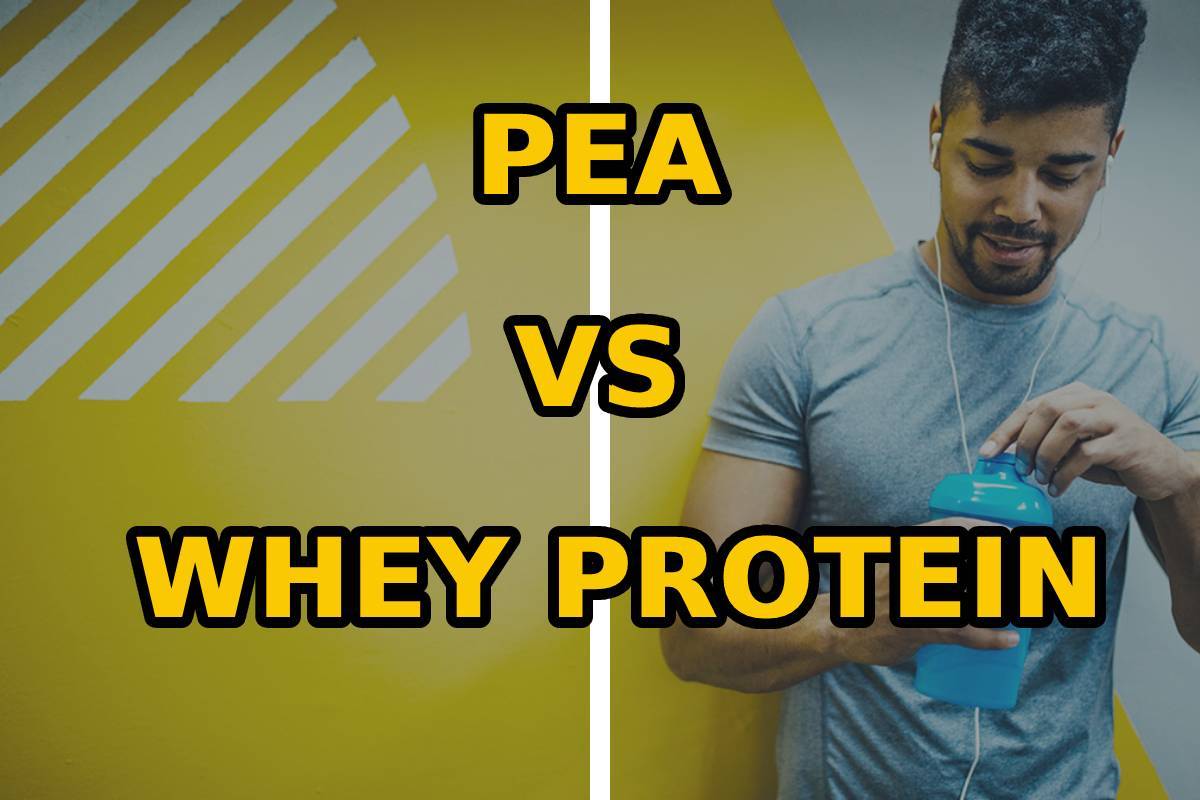
What’s Pea Protein?
If you’re looking to add extra protein in your daily meals from plant-based protein powders, it’s worth considering a pea protein that is made of yellow pea protein and amino acids, which are extracted to create a powder that will be used as a supplement to a well-balanced diet.
There are three types of pea protein:
- Pea protein isolate is a purified powder that contains pea protein and amino acids and low carbohydrate and fat. It fits cases when you want to lose weight and build lean muscle as it has more protein per serving.
- Pea protein concentrate has less protein but contains extra carbs and fat,. This can be a good option to add weight or become a good source of nutritious meals.
- Textured pea protein is less processed. You won’t find it as a dietary supplement because it’s mostly used to prepare meat alternative products that are popular among vegetarians and vegans.
One cup of yellow peas contains around 8 grams of protein. But one scoop of pea protein isolate contains between 15 and 20 grams of protein for every 100 calories.
Pea protein contains all nine essential amino acids but with a lower ratio of methionine.
Speaking about the benefits of pea protein powder vs whey, we can outline the following points:
- Creamier texture than other plant proteins: you’ll get a more creamier and mild texture of your shake, competing with the whey protein.
- Vegan-friendly.
- Hypoallergenic: pea protein contains no gluten and lactose, does not contain any common allergens like soy and nuts, so it can be consumed by people with gluten intolerance and those who have some allergies.
- Iron-rich: pea protein delivers a healthy helping of this essential nutrient.
- Pea protein is a more sustainable and eco-friendly protein source compared to whey protein. The production of whey protein generates a significant amount of waste, and it requires a large amount of water and energy.
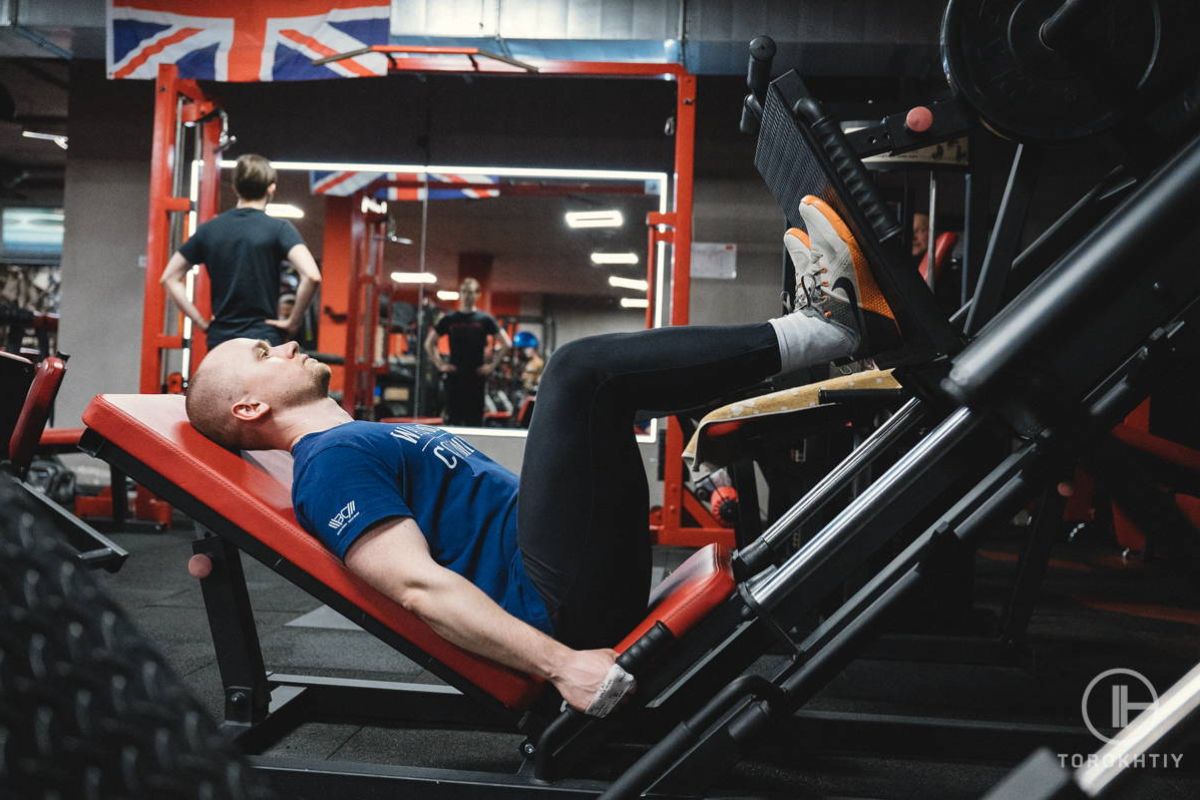
Although, we found some minor drawbacks to pea protein: since it’s a plant-based powder, it contains a lower amount of methionine. Hence, you should use it as a supplement and combine it with other protein sources, but not as a full substitution for your meals. It should stay an additional part of your healthy diet that is enriched with all the needed amino acids to help your body absorb pea protein easily.
What’s Whey Protein?
To start with, whey is a liquid that separates from milk during cheese production. So, it’s a byproduct of this process that represents about 20% of total milk proteins. Protein, which is extracted from whey, is a complete, high-quality source of all of the essential amino acids. Also, it’s very digestible, and quickly absorbed from your gut compared to other proteins, and also has a low lactose ratio. These features make it perfect for sportsmen who strive to gain muscle mass and make the most out of their workout.
The unique characteristics of whey proteins make them widely used ingredients for diverse food products, especially popular for use in sports. The protein supplement for athletes is available in the form of whey powder, whey protein concentrates, and whey protein isolates.
For sports goals, whey protein is used before or after resistance exercises to increase muscle protein synthesis and facilitate the growth of lean muscle mass. Other benefits include promoting weight loss and lowering cholesterol levels.
Speaking about the cons of whey protein, it doesn’t fit people who are allergic to milk proteins, consequently, they’ll be allergic to whey as well. Despite the relatively low lactose content of whey proteins, people with lactose intolerance may react to this product or should choose highly purified forms such as whey protein hydrolysate or isolate. And, of course, it is an animal product, which is not suitable for vegetarians.
There are three types of whey protein, so let’s describe each of these points in more detail:
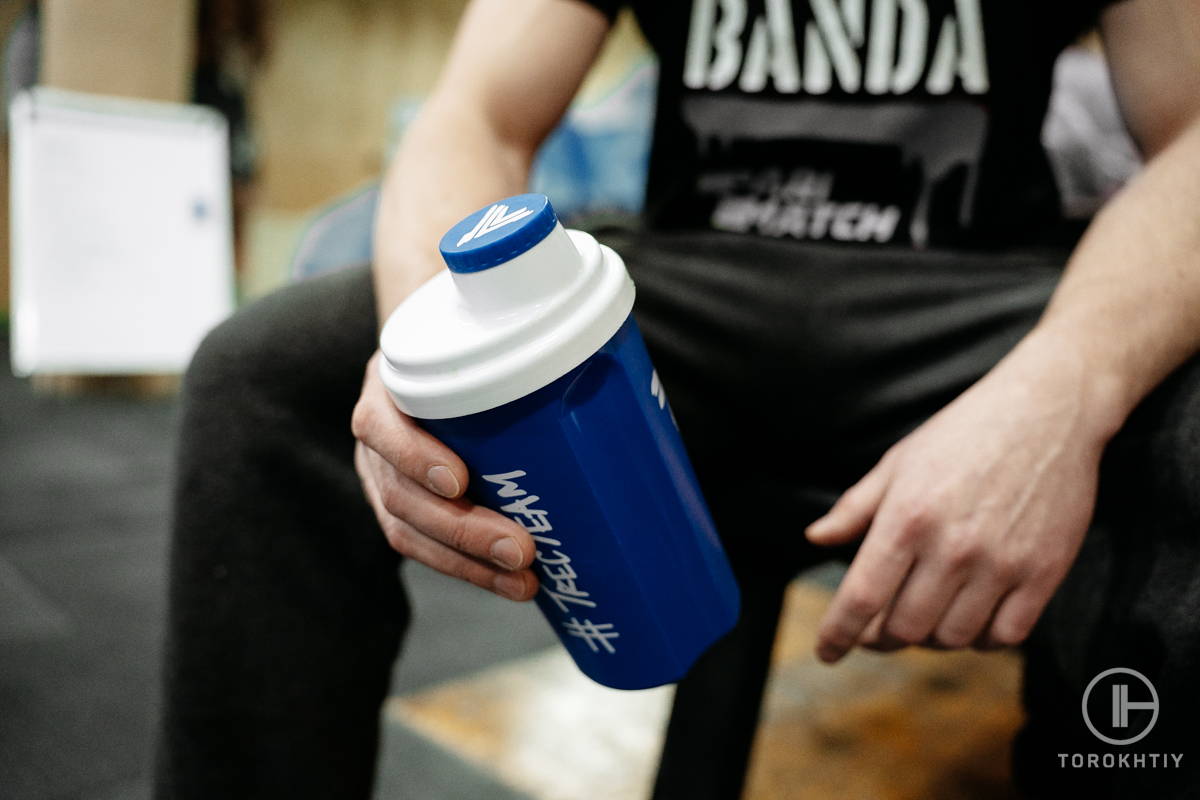
- Whey protein hydrolysate (WPH) is the highest level of whey processing and is almost a predigested form of protein. It’s undergone the process of partial hydrolysis which is vital for the body to absorb it. Thus, it requires little time to be digested which is around 20-30 minutes.
- Whey protein isolate (WPI) is further processed and is out of fat and lactose, by containing at least 90% of protein.
- Whey protein concentrate (WPC) has low levels of fat and carbohydrates. The percentage of protein depends on how concentrated it is, so it can vary from 30% (for lower-end concentrates) up to 90% (for higher-end).
Pea vs Whey Protein
Let’s determine the difference between whey and pea protein to define what option is more nutrient-packed and can fit your needs.
1. Processing
The process of making a pea protein is quite simple: it’s enough to clean, dry, and grind the peas finely. However, if you want a high-quality sports supplement, you have to go through more stages.
The powder is water-mixed to create a slurry. The slurry is then subjected to a series of centrifugation, filtration, and drying processes to separate the protein from the starch, fiber, and other components of the pea and get paste-like protein, minerals, and vitamins. The next step is to dry the paste and ground it further to produce the flour out of pea protein that we can find in the stores.
Pea powder is prepared by dry milling of defatted peas. Pea protein concentrate is usually prepared by dry separation, while pea protein isolate is produced by wet processing. The advantage of the dry separation technique is lower costs and effluent absence. However, this processing technique brings a lower yield and a lower protein content.
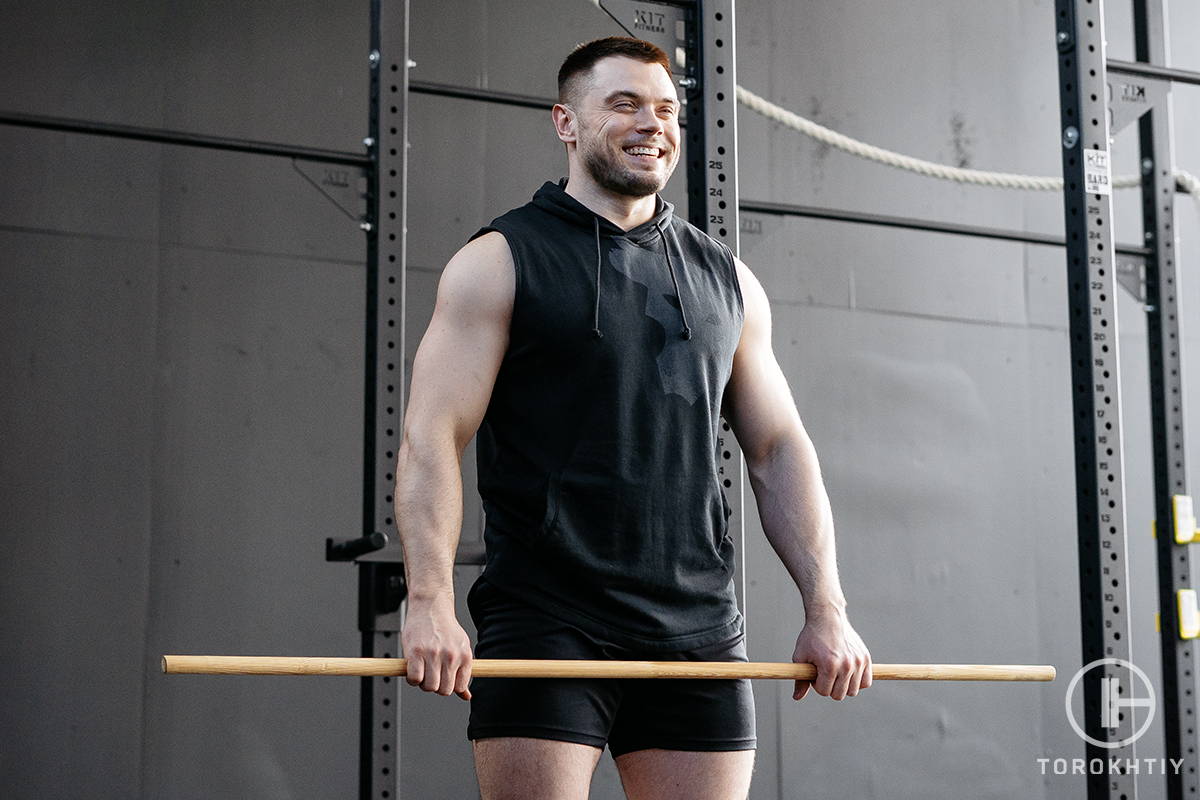
Compared to pea protein, the whey one is obtained from cow’s milk which has around 3.5% protein, 4% fat, and 4.6% lactose. Since it can obtain some harmful bacteria, it must be pasteurized. As we already mentioned, whey protein is a byproduct of the cheese manufacturing process. So, during pasteurization, milk is boiled until its boiling point at 70-80° C and then cooled at 4° C. After the pasteurization, the milk obtains 20% of whey and 80% of casein.
Enzymes affect pasteurized milk to break it down into liquid and solid particles. Then, they are subjected to a purification process to exclude all odd fats, carbs, and minerals. As a result, we get Whey Protein Concentrate (WPC). The liquid whey should be put into the steel turbines to be filtered naturally in a cold environment, where fats and lactose are separated from it, and we get Whey Protein Liquid.
Next, this protein liquid should be dried to separate the solid fractions. As a result, we get a powder with 90% whey. This stage guarantees that whey will be purified, concentrated and won’t lose its nutritional benefits.
2. The Average Percentage of Protein/Carbs/Fats (In 100 Grams)
Whey Protein Isolates are the purest protein source with protein concentrations of 90% or higher, and low levels of other nutrients, such as 0.5% lactose, and 0.5% milk fat. Whey concentrates are not as rich in protein and typically contain 25-89% protein, 10-55% lactose, and 2-10% milk fat.
Pea protein’s nutritional facts can vary between brands. For example, Naked Nutrition Pea Protein Powder contains 90% protein, 1.7% fat, 6.6% carbohydrates.
As you can see, the best proteins of both types can have very similar nutrient contents.
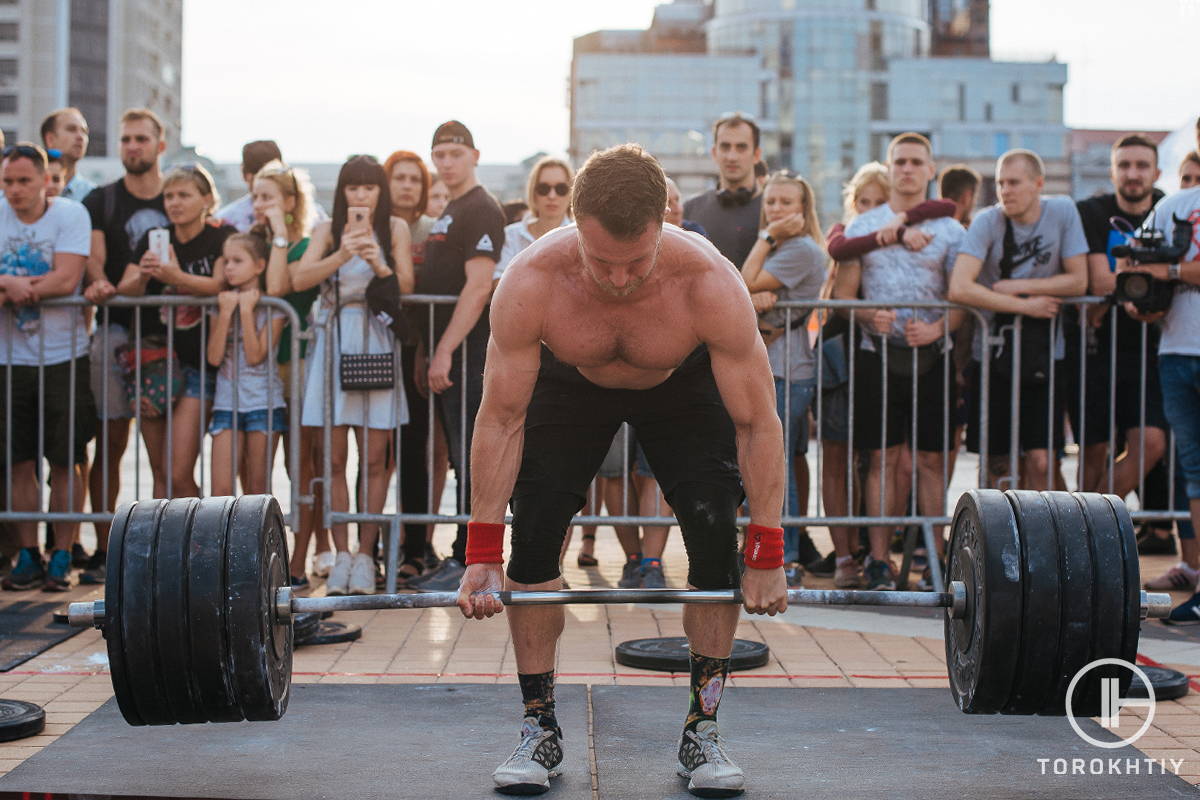
3. Requirements and Bioavailability
Proteins are the key building blocks of our bodies that help to repair and maintain our tissues. They are built of amino acids. There are 20 amino acids, but our bodies can produce only eleven of them. We can get the rest of the 9 amino acids through a nutrient-rich diet.
The minimum amount of protein that you need concerning the general rule for calculating is 0.36 grams of protein per pound that you weigh which is 0.8 grams per kilogram. The Recommended Dietary Allowance (RDA) range is 0.8-1 gram per kilogram for adults, and 1-1.2 grams per kilogram for the elderly.
Protein requirements for athletes are higher. Exercising individuals require 1.4 to 2.0 g/kg/day. Higher protein intakes (2.3-3.1 g/kg/d) may be needed to maximize the retention of lean body mass in resistance-trained subjects during hypocaloric periods.
Bioavailability is important because it determines how much of the protein is actually available for the body to use for muscle building, repair, and other essential functions.
In general, whey protein has a higher bioavailability than pea protein. Whey protein is considered a “complete” protein because it contains all of the essential amino acids that the body needs, and it has a high concentration of branched-chain amino acids (BCAAs) that are important for muscle growth and recovery. Whey protein is also rapidly absorbed by the body, which means that it can quickly deliver amino acids to the muscles after a workout.
Pea protein, on the other hand, has a lower amount of methionine. However, it still contains a relatively high amount of essential amino acids and is considered a good source of protein for vegetarians and vegans. Pea protein is also rich in arginine, an amino acid that is important for blood flow and overall cardiovascular health.
While the bioavailability of pea protein is not as high as whey protein, it can still be an effective protein source for promoting muscle growth and recovery. Additionally, pea protein has the advantage of being hypoallergenic and easy to digest, making it a good choice for people with food sensitivities or digestive issues.
Actually, it is generally considered as hypoallergenic but it is still possible for some individuals to have allergies to peas or legumes and they will have reaction. Ultimately, the choice between whey protein and pea protein will depend on individual needs, preferences, and dietary restrictions.
4. Price Range (Approx. Price per Serving)
The protein powder’s usual price ranges between $0.6-$0.8 per serving. The premium option’s average serving cost can reach up to $1.28 per serving.
Whey protein’s cost can vary greatly depending on the brands, and nutrient content. You can expect the price between $0.40 to $1.50 per 30 grams. Concerning pea protein, it’s more expensive than other non-plant-originated proteins because it’s made from the components that are hard to source. Also, the reason why a vegan protein powder costs more is that it’s necessary to add additional organic ingredients. The price per serving starts from $0.8 and up to $1.3.
The quality of the powder, its purity, and the ratio of useful additives can affect the final price. You’d better not pay great attention to the cheapest protein powder. The most expensive protein powders can be overkill, not much of an increase in quality as the cost rises. Mid-priced products are usually the most profitable and provide excellent quality.
When choosing a high-quality protein powder you should check whether it contains a protein isolate and the amount of protein in its general volume. This protein type offers the best value for money.
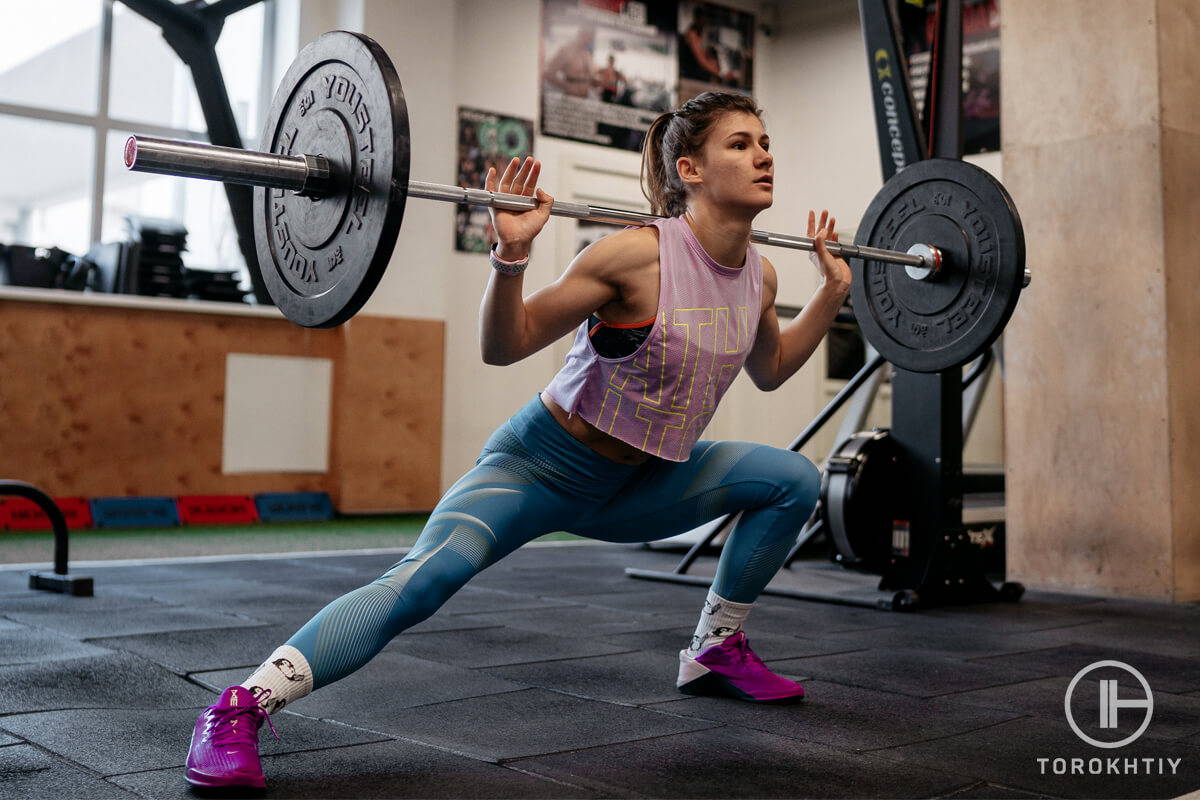
Pea vs Whey Protein: Summary
To define is whey or pea protein better, let’s summarize the above-mentioned information.
First let’s look at a comparison table on the macronutrients for whey vs pea protein (looking at high quality products with a high protein concentration):
| Price range per serving | Calories per serving | Protein/fats/carbs per serving | Vegan-friendly | Minirals | |
|---|---|---|---|---|---|
| Whey protein | $0.4 – $1.5 | 120-130 kcal | 25-33g/0-3g/0-4g | No (milk based) | Calcium, potassium |
| Pea protein | $0.8 – $1.3 | 120-140 kcal | 25-30g/0,5-1 g/2-4 g | Yes (plant based) | Iron |
As you can see, in both cases you can pick a powder that is high in protein and low in carbs and fat, which gives you a very good protein to calorie ratio.
The biggest difference between these two protein powders is the source used for their production. Whey protein is an animal-based powder made from whey, the byproduct of the cheesemaking process. Since it’s derived from milk, it contains the milk sugar lactose If it does not go through additional purification stages. While, pea protein is isolated from legumes, specifically from yellow split peas, thus being a plant-based vegan friendly powder free of lactose, and typical allergens.
Both proteins contain all nine crucial amino acids, but a pea protein has a lower amount of methionine. They have more or less the same efficiency with some pros and cons. For example, whey protein has a high concentration of branched-chain amino acids (BCAAs) that are important for muscle growth and recovery while pea protein contains around 3 times more L-arginine amino acid that boosts muscle gain and helps to get peak body tonus and has more iron content.
At the same time, whey protein is absorbed easier, and contains more calcium for strengthening bones, maintaining body strength and muscles build, and potassium, which is important for proper functioning of the nerve system and muscles, and promotes synthesis of protein and metabolizing carbohydrates.
As a result, we don’t have a clear winner! Each protein has its own set of pros and cons, but both are great as an additional source of protein for athletes.
Pros and Cons of Whey Protein
Positives:
Could be better:
Pros and Cons of Pea Protein
Positives:
Could be better:
Naked Nutrition Pea Protein Powder – Pea Protein We Recommend
Our top-pick choice of pea protein powder is Naked Pea Isolate which has a nutritious and safe profile while being a certified supplement as well. It’s made from yellow split pea that is grown on US and Canadian eco-friendly farms and has some extra components such as cacao powder, vanilla, and coconut sugar.
Naked Pea gets a certificate from the Informed Choice Trusted by Sport which is a monitoring program that controls supplements being tested each month for banned substances and guarantees product purity. Moreover, Naked Pea was independently tested for adhering to the safety standards set by the FDA.
The Pea Protein was tested for heavy metals and is free of additives and artificial sweeteners as well. So, as a result, we have a superb product profile:
- dairy, gluten, GMO, soy-free
- no added sugar
- 27 g protein, 5.6 g BCAAs, 120 calories per serving
- has additional flavors: pea, chocolate pea, and vanilla
- GMP & FDA approved
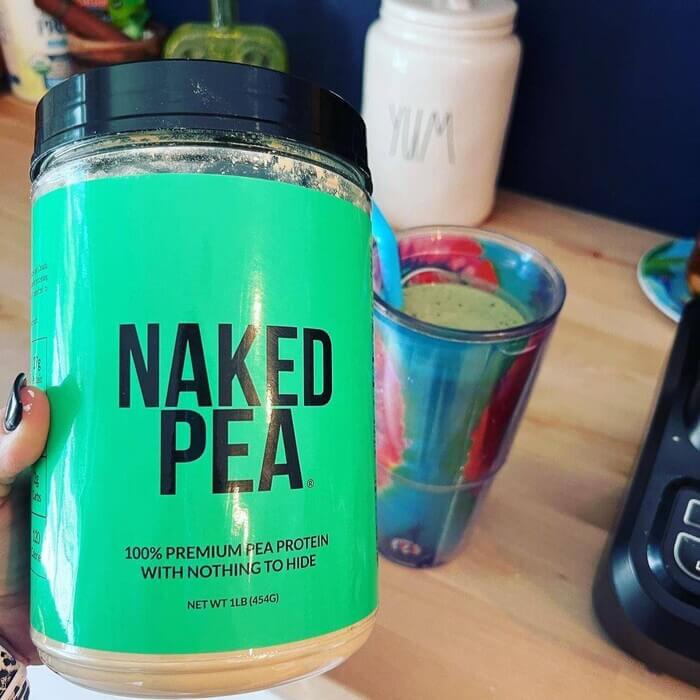
It’s easy to use:
- You can add this pea protein to protein shakes, baking, and smoothies. We recommend using it before or just after the training.
- You can mix two scoops with 6-10 oz of non-dairy milk, water, or any other drink, add some fruits or veggies, and here you are a tasty and nutritious shake.
- It’s absolutely possible to pair it with other Naked products, i.e., Naked Rice, to add flavor and extra protein intake to diversify and complete your needs in nutrients.
Crazy Nutrition TRI-Protein Formula – Whey Protein We Recommend
This unique protein formula is made of 6 natural, non-GMO proteins that break down in 3 phases to get the highest quality product. You’ll get 21 grams of natural pure protein powder, made with DigeZyme to promote your digestion. So, what 6 proteins this protein formula includes?
- whey protein isolate
- whey protein concentrate
- micellar casein
- milk protein concentrate
- calcium caseinate
- whey protein hydrolyzate
The profile of the CrazyNutrition protein is the following:
- 21 g of 6 proteins
- can be taken daily
- for 30 g serving: 110.13 kcal (salted caramel), 111.50 kcal (chocolate), 111.97 kcal (vanilla)
- proteins for 30 g serving: 23.69 (salted caramel), 23.25 (chocolate), 24.01 (vanilla)
- Flavors: chocolate, vanilla, salted caramel

How to use TRI-Protein?
- You can mix 1 scoop (15 g) of the protein with 16 oz of any beverage you like.
- Then shake it well and enjoy this nutrient-rich protein shake.
The product promotes protein synthesis, helps to build lean muscles, boosts metabolism, supports energy levels for more efficient workouts, and suppresses appetite.
FAQ
Is Pea Protein Better Than Whey?
To answer the question ‘Is pea protein better than whey’, mind the next points. Pea protein contains all essential amino acids although a lower amount of methionine. Nevertheless, its amino acid profile is one of the best for plant proteins and is generally a good alternative to whey protein. It is suitable for vegetarians, people with lactose intolerance, or allergies to dairy proteins. Also, some people find it less filling than whey protein. The reason may refer to its lower rate of calories and fat. Thus, if you need a protein powder that will fuel your body fully, then whey protein may be a better option.
Is Pea Protein the Same as Whey Protein?
Generally, both of them are the most popular types of protein on the market. Both have their own unique benefits, as well as differences, and cons. The major difference in whey vs pea protein is their source: whey protein is a by-product of the cheese-making process and is made from whey itself. So, it’s an animal-sourced protein that contains lactose, which is milk sugar, unlike pea powder.
While pea protein is a plant-based protein powder made from yellow split peas. It’s allergen-free and has almost the same nutrient ratio as whey protein. However, the latter is more nutritious and filling with all the needed amino acids in its content.
Does Pea Protein Absorb As Quickly As Whey?
Pea protein absorbs at a moderate rate of speed, usually completing absorption in 3-4 hours. However, it’s not the slowest rate, for example, a protein like casein can take up to 8 hours to be fully absorbed. At the same time, pea protein takes longer to absorb compared to whey. The latter usually absorbs within 90 minutes.
Conclusion
Considering the diversity of protein powders, you need to think out well which source is the most suitable for you and your needs – whey protein vs pea protein will be more beneficial for your training performance. Before selecting a proper option among pea protein vs whey isolate, you’d better go through such points as the digestibility level, absorption, the content of amino acids and the capacity of your body to utilize them, the ratio of proteins per serving, as well as fats, and carbs.
It’s essential to pick up the protein type that will become a perfect addition to your diet and workout routine. So, you’ll succeed to accomplish your fitness goals easier and will be able to strengthen your overall conditioning with the help of extra protein intake.
Do you have extra questions on how to improve your body condition with the help of protein supplements? Can’t decide which protein powder to order? Feel free to write or contact us for further advice on the whey vs pea protein discussion, and make the right choice under the surveillance of our experienced sports experts and nutritionist.
Also read:
- Whey Protein vs Isolate
- Protein vs Amino Acid
- Why Do Protein Shakes Make Me Nauseous
- Can You Mix Creatine With Protein Powder
- Meal Replacement vs Protein Shake
- Creatine For Women
References:
- Protein content and amino acid composition of commercially available plant-based protein isolates // Ncbi: https://www.ncbi.nlm.nih.gov/pmc/articles/PMC6245118/
- Protein and Amino Acids // Ncbi: https://www.ncbi.nlm.nih.gov/books/NBK234922/
- Effects of Whey Protein Alone or as Part of a Multi-ingredient Formulation on Strength, Fat-Free Mass, or Lean Body Mass in Resistance-Trained Individuals: A Meta-analysis // Pubmed: https://pubmed.ncbi.nlm.nih.gov/26403469/
- Protein – Which is Best? // Ncbi: https://www.ncbi.nlm.nih.gov/pmc/articles/PMC3905294/
- International Society of Sports Nutrition Position Stand: protein and exercise // Pubmed: https://pubmed.ncbi.nlm.nih.gov/28642676/
Why Trust Us?
With over 20 years in Olympic weightlifting, strength training, nutrition coaching, and general fitness our team does its best to provide the audience with ultimate support and meet the needs and requirements of advanced athletes and professional lifters, as well as people who strive to open new opportunities and develop their physical capabilities with us.
By trusting the recommendations of our certified experts in coaching, nutrition, and sports training programming, as well as scientific consultants, and physiotherapists, we provide you with thorough, well-considered, and scientifically proven content. All the information given in the articles concerning workout programming, separate exercises, and athletic performance, in general, is based on verified data.
The product testing process is described in more detail here.
Author: Oleksandr Maksymenko
Certified Sports Nutritionist,
MSc Sports Dietetics
Specializing in: Weight management, Fitness / Sports nutrition
Oleksandr is a professional fitness nutritionist certified by the Fitness Professional Association (FPA). He follows the principles of evidence-based dietetics and fosters a healthy relationship with food in his clients, ensuring there are no strict prohibitions on their favorite foods or frequent lapses. His primary goal is not only to achieve results for you but also to sustain them over the long term, all while enjoying tasty and delicious food.



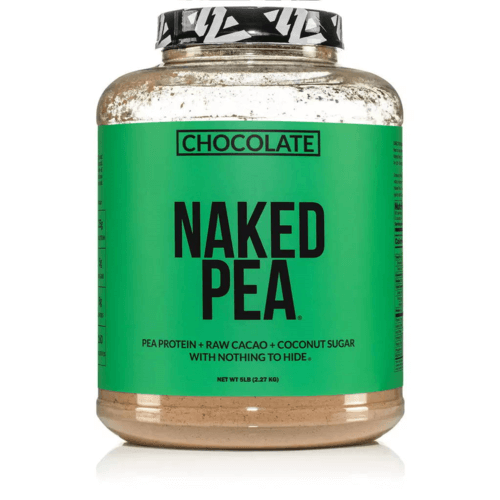
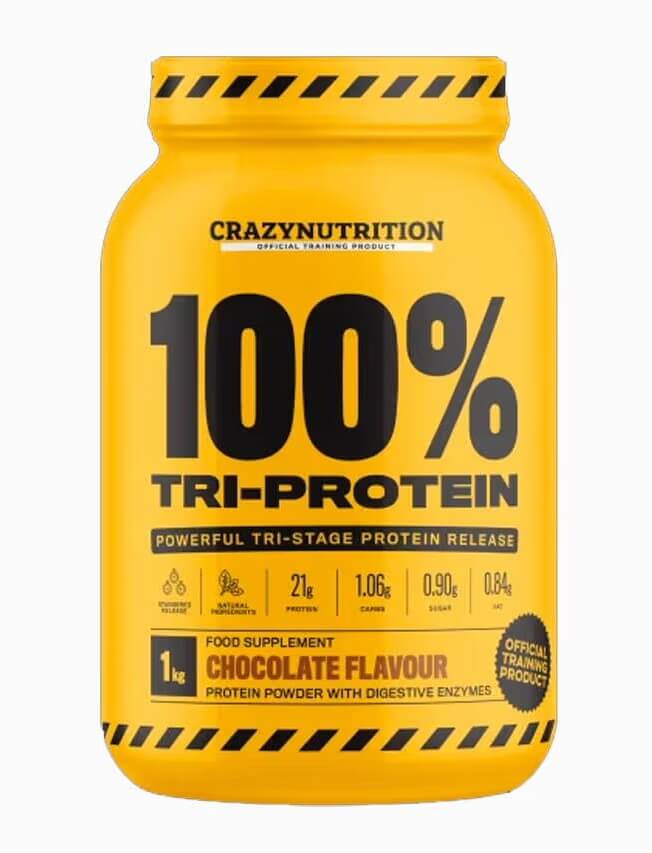
Hi – just thought you should correct this statement “Additionally, pea protein has the advantage of being hypoallergenic and easy to digest, making it a good choice for people with food sensitivities or digestive issues”
Pea protein is known to trigger an allergic reaction, including vomiting and anaphylaxis, in people with peanut allergies. Both peanuts and peas are legumes, and the concentrated nature of pea protein can be dangerous to some. I know from having experienced this unfortunately. Thanks!
Hi @bc!
Actually, you are right. We made some changes to that parts of the article.
Pea is generally considered as hypoallergenic but it is still possible for some individuals to have allergies to peas or legumes and they will have reaction.
People with peanut allergy may have an allergic reaction if they eat foods containing ingredients that come from peas, such as pea protein or pea protein isolate.